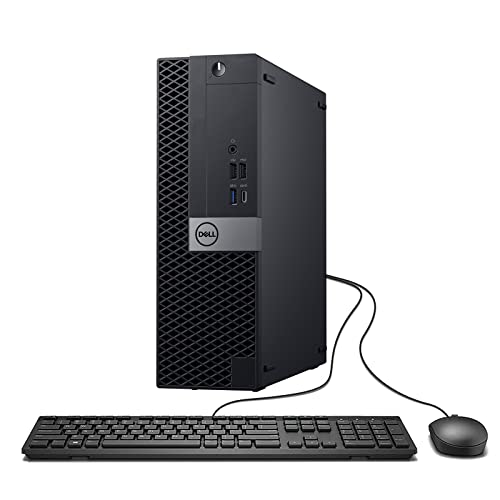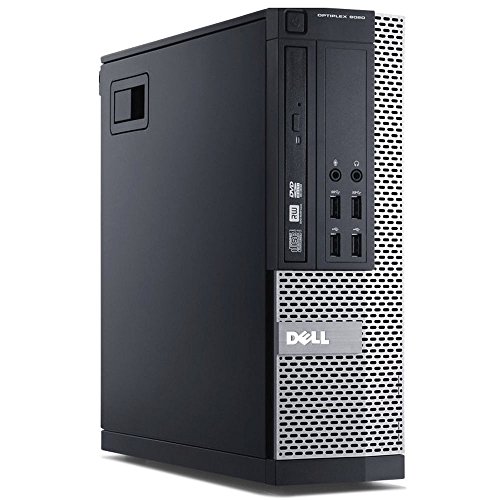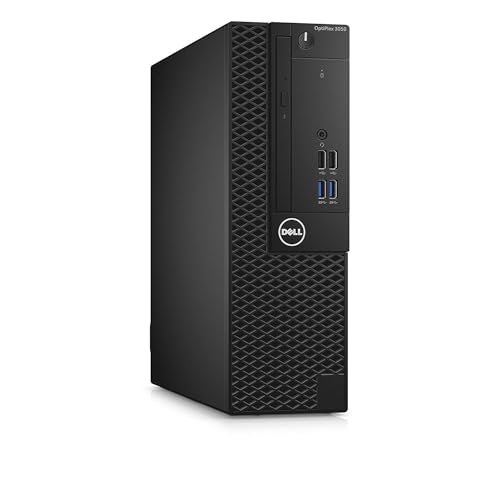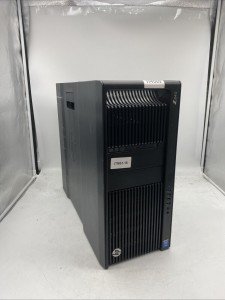A silent AI workstation combines the high‑performance demands of machine learning with ultra‑quiet operation, creating a conducive environment for both intensive computation and focused work. Careful component selection and noise‑control strategies make it possible to build a system that excels in AI workloads without disruptive acoustics.
- Select high‑performance GPUs and multicore CPUs optimized for machine learning tasks.
- Use low‑noise cooling solutions, including silent fans, liquid cooling systems, and noise‑dampening cases to minimize acoustic disruption.
- Implement efficient power supplies and cable management strategies to further reduce noise.
- Optimize machine learning software configuration to balance load across components, ensuring smooth operation without unnecessary strain.
By integrating powerful machine learning components with advanced noise reduction techniques, you can build a silent AI workstation that meets the demands of data‑intensive tasks while maintaining a serene working environment.
Build the Ultimate Silent AI Workstation: High-Performance AI Meets Silent Computing
Unlock the perfect harmony of raw machine learning power and ultra-quiet operation with a purpose-built silent AI workstation. This guide covers component selection, noise-control strategies, and software optimization.
Introduction
Modern AI workloads demand massive compute capability. Training deep neural networks and running inference on large datasets push GPUs and CPUs to their limits. Yet the roar of fans and pumps can shatter focus and fatigue even the most dedicated researcher. A quiet workstation tailored for high performance AI merges top-tier hardware with low-noise design strategies to deliver serenity and power.
Why Silence Matters for AI Workstations
- Enhanced Focus & Productivity: A silent environment reduces stress and supports deep work during coding, model tuning, and data exploration.
- Professional Demos: Present live AI demonstrations without intrusive fan noise to maintain credibility in shared spaces.
- Overnight Training: Run extensive training sessions 24/7 in labs or home offices without disrupting the surroundings.
- Thermal Efficiency: Efficient systems operate cooler and quieter, preventing thermal throttling while preserving a peaceful environment.
Core Hardware Selections
GPU Selection
- NVIDIA RTX 40-Series (e.g., 4080, 4090) or A6000 for 16–48 GB VRAM
- AMD Radeon Pro W6800 for robust FP64 tasks
- Balance throughput with VRAM capacity to match dataset sizes
Multicore CPU
- AMD Ryzen Threadripper (24–64 cores) or Intel Core i9/Xeon (16–24+ cores)
- High core counts accelerate preprocessing, parallel training, and multi-VM configurations
- Ensure sufficient PCIe lanes to avoid GPU I/O bottlenecks
Supporting Components
- Motherboard: Multiple PCIe 4.0/5.0 x16 slots, reinforced GPU support, advanced VRM cooling
- Memory: 64 GB–256 GB ECC DDR4/DDR5 for data integrity
- Storage: 1 TB–4 TB NVMe SSDs for rapid dataset loading and checkpointing
Low-Noise Cooling Solutions
| Cooling Type | Noise (dBA) | Pros | Cons |
|---|---|---|---|
| Silent Fans | 20–25 | Affordable, easy swap | Limited peak cooling |
| AIO Liquid Coolers | 25–30 | Excellent VRM/GPU thermal control | Potential pump hum |
| Custom Water Loops | 15–20 | Ultra-quiet under heavy loads | Complex build & maintenance |
Noise-Dampening Chassis
- Acoustic foam panels and vibration-isolating mounts
- Strategic airflow channels for low RPM operation
- Examples: Fractal Design Define 7, NZXT H1
Efficient Power Supplies & Cable Management
Power Supplies
- 80 Plus Gold/Platinum units with hybrid/fan-stop modes (e.g., Seasonic Prime, Corsair RMx)
- High efficiency reduces heat, allowing fans to run slower and quieter
Cable Management
- Route cables behind the motherboard tray for unobstructed airflow
- Use flat ribbon or individually sleeved cables to minimize turbulence
- Secure cables to prevent vibration and noise from movement
Software & AI Optimization
Machine Learning Framework Tuning
- Adjust batch size and mixed-precision settings to avoid thermal spikes
- Use profiling tools (e.g., NVIDIA Nsight, TensorBoard) to balance GPU/CPU loads
Dynamic Fan Curves & Profiles
- Create custom RPM vs. temperature curves in UEFI or software (MSI Afterburner, ASUS AI Suite)
- Establish “quiet” profiles for inference tasks and ramp up only for intense training
Voltage & Clock Management
- Undervolt GPUs/CPUs to reduce power draw and noise
- Cap GPU power limits at 80–90% to control thermal output
Advanced Noise-Control Techniques
- Vibration Isolation: Rubber grommets or silicone mounts on fans and pumps
- Acoustic Panels: Line case panels or rack doors with sound-absorbing foam
- Decoupled Pump Mounting: Use vibration-dampening brackets or pads
- Dust-Filter Management: Magnetic washable filters cleaned monthly for sustained airflow
Maintenance & Longevity
- Monthly dust cleaning with low-pressure air
- Coolant refresh every 6–12 months for custom loops
- Regular firmware/driver updates for best thermal control
Recommended Components & Bundles
| Category | Example |
|---|---|
| GPU | NVIDIA RTX 4090 (24 GB) |
| CPU | AMD Threadripper 7950X (64 threads) |
| Cooling (AIO) | Corsair iCUE H150i ELITE |
| Fans | Noctua NF-A12x25 (120 mm) |
| Case | Fractal Design Define 7 XL |
| PSU | Seasonic Prime TX-1000 (1000 W, 80 Plus Titan) |
Explore our Silent AI Workstation Collection for curated bundles optimized for silent computing and high performance AI.
Conclusion
By thoughtfully selecting top-tier GPUs and CPUs, employing low-noise cooling solutions, and fine-tuning software profiles, you can build a silent AI workstation that delivers powerhouse performance for deep learning and data science—yet remains whisper-quiet in any environment.







